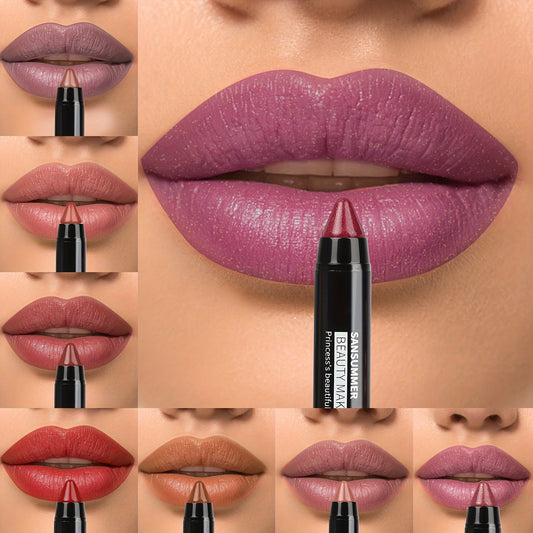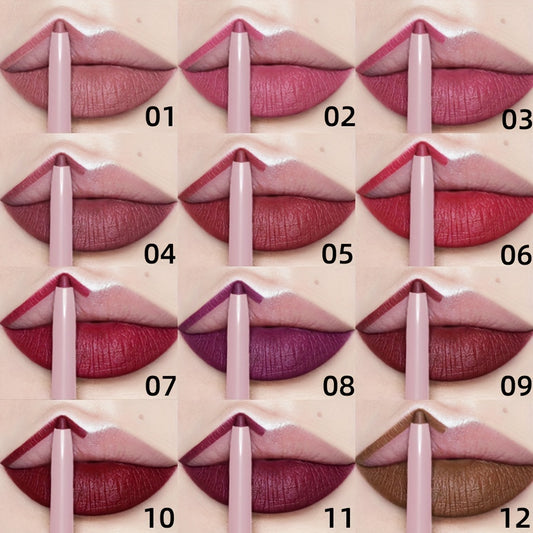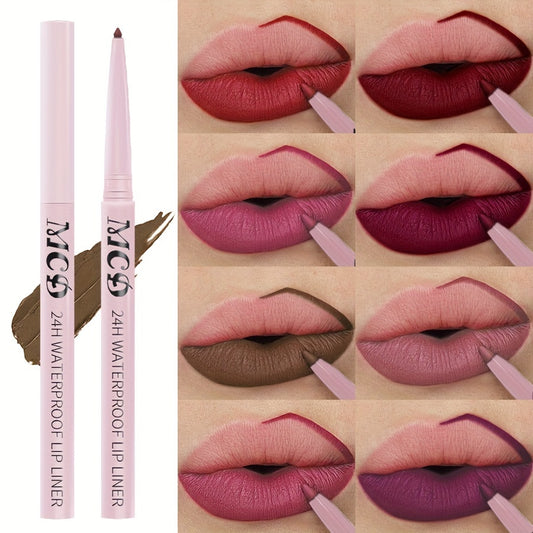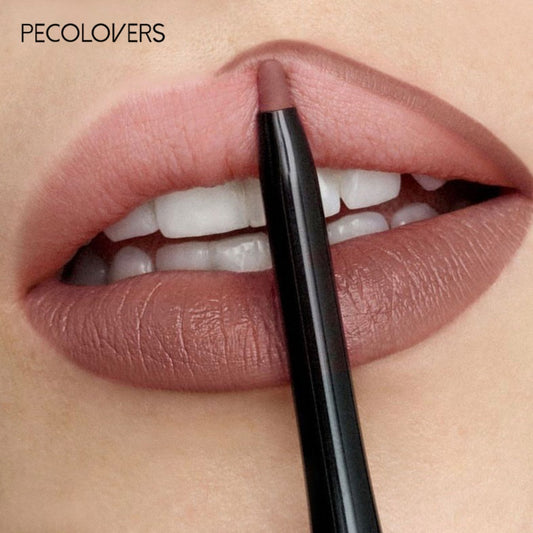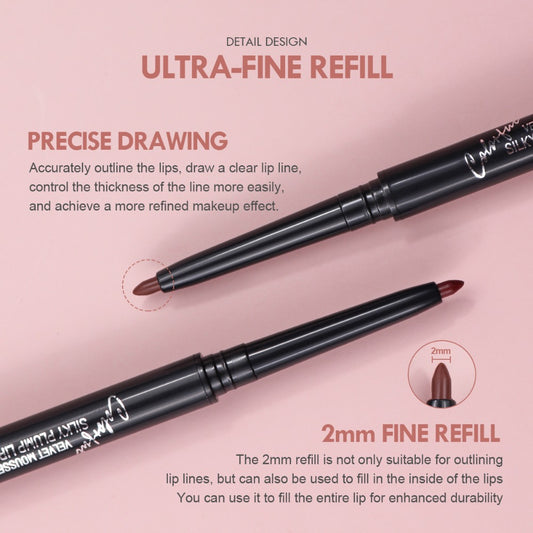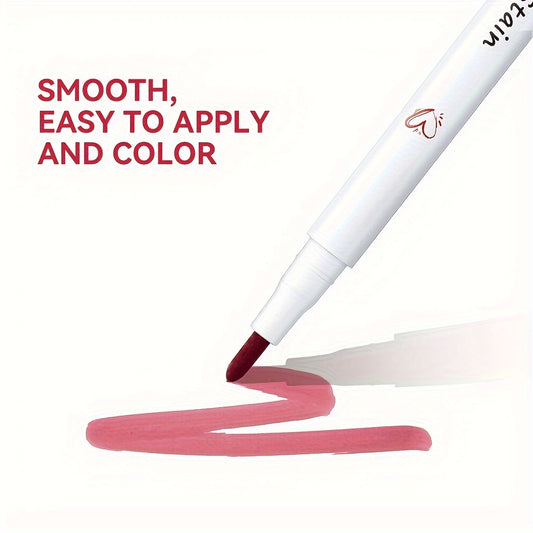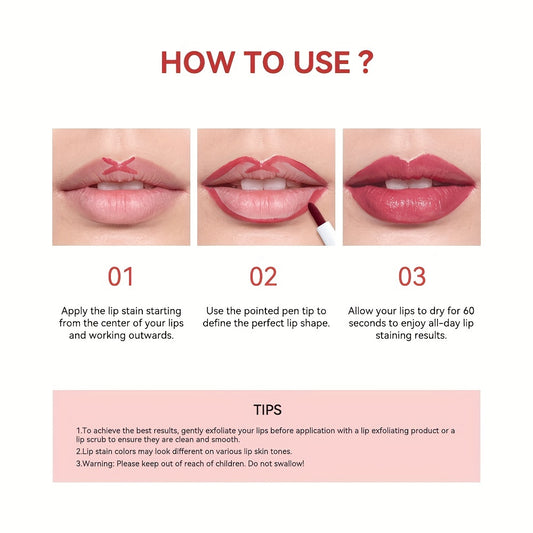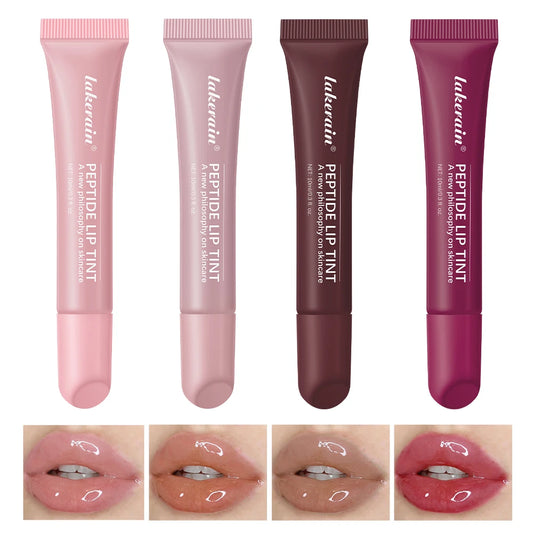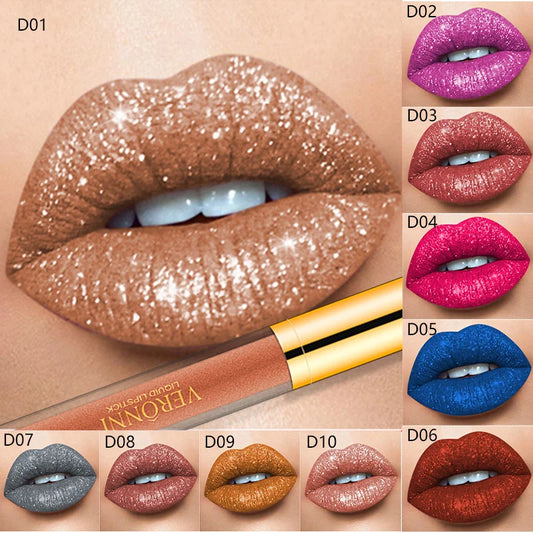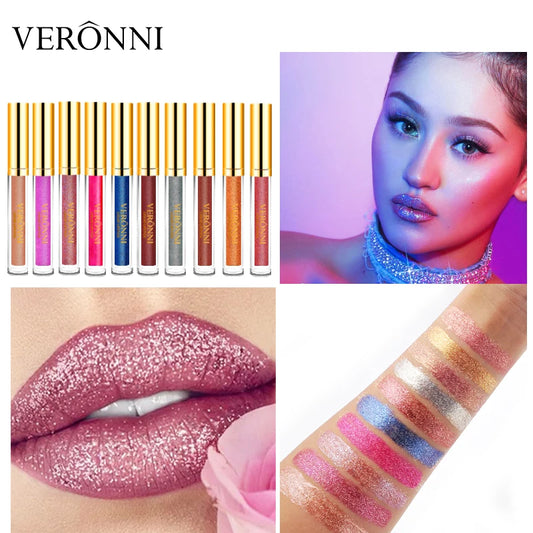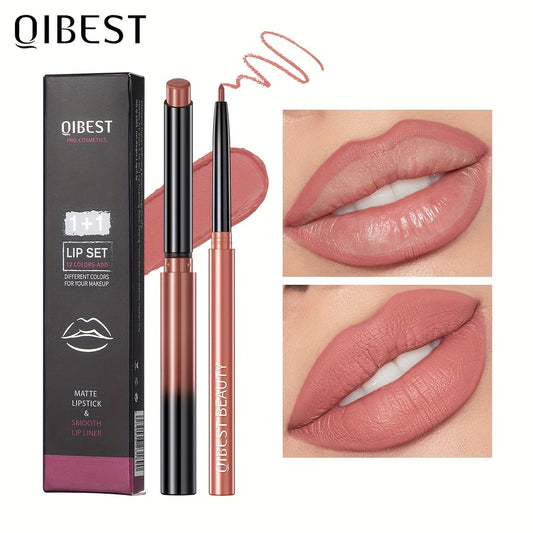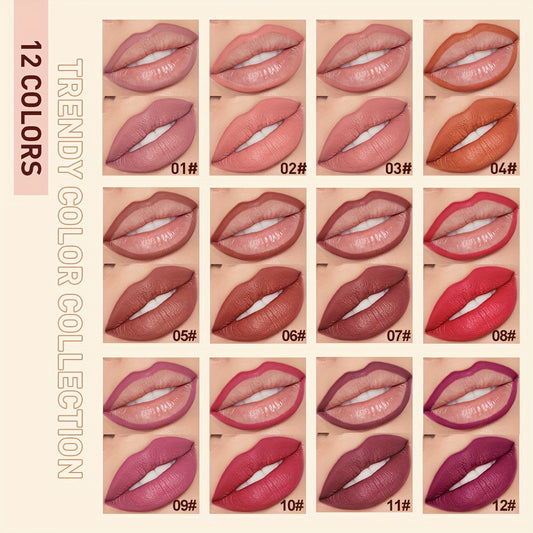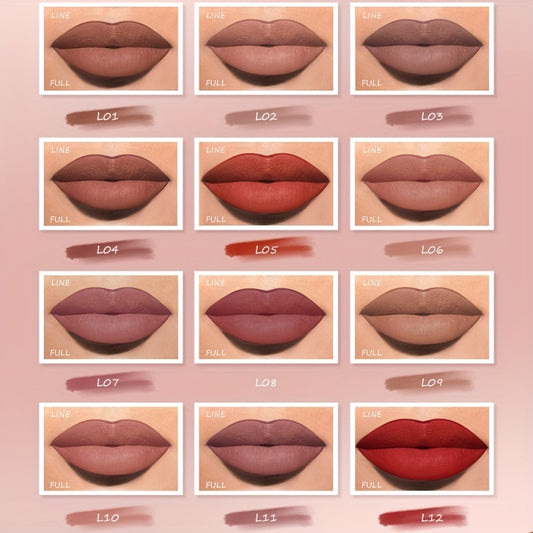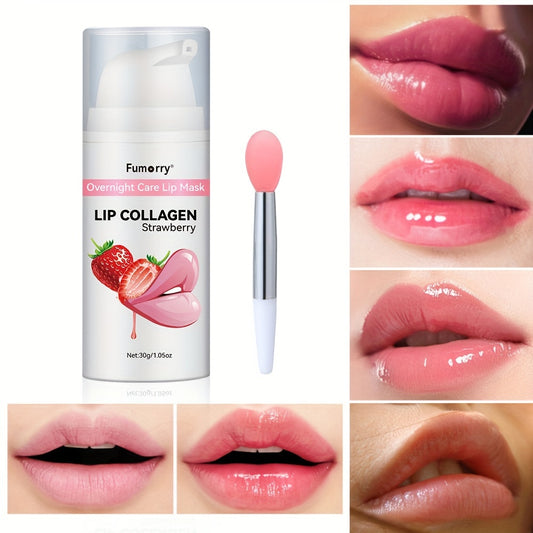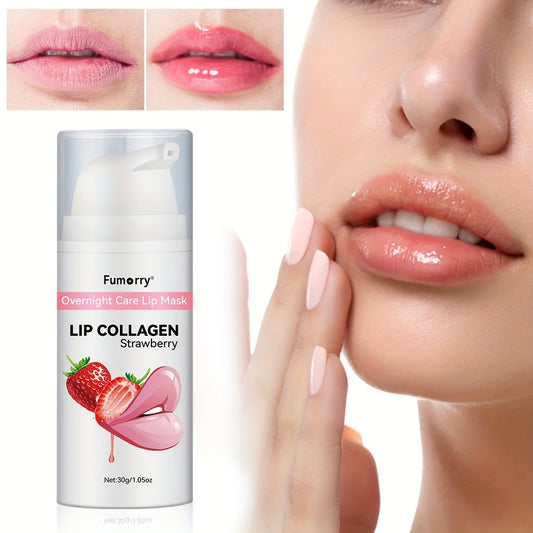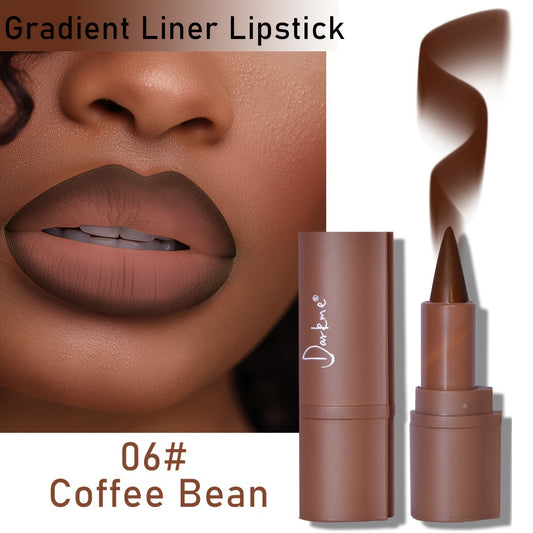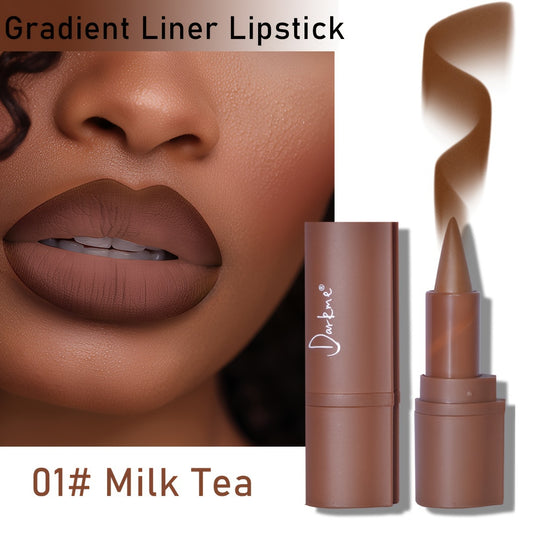Crafting the Perfect Recipe of Lip Balm: A Step-by-Step Guide
Share
Making your own lip balm is not just a fun project, it's a chance to create something tailored just for you. Whether you're looking for the perfect blend of flavors, or you want to avoid certain ingredients, crafting a personal recipe of lip balm can be a rewarding experience. In this guide, we'll walk you through the essential ingredients, preparation steps, and customization options to help you whip up the perfect balm for your lips.
Key Takeaways
- Choose the right beeswax or vegan alternatives for texture.
- Experiment with different carrier oils for hydration.
- Add essential oils for flavor and scent customization.
- Test your lip balm's consistency before finalizing the recipe.
- Get creative with packaging to make your lip balm gifts special.
Essential Ingredients For Lip Balm Creation
Making your own lip balm is surprisingly simple, and it all starts with gathering the right ingredients. The beauty of DIY lip balm is that you have complete control over what goes into it, allowing you to tailor it to your specific needs and preferences. Let's explore the key components that form the foundation of a great lip balm.
Beeswax Options
Beeswax is the backbone of most lip balm recipes, providing structure and a protective barrier for your lips. It helps to seal in moisture and protect against environmental factors. You've got a few choices here:
- Yellow Beeswax: This is the most common type, offering a natural honey scent and color.
- White Beeswax: Refined to remove the color and scent, making it ideal if you want a neutral base.
- Beeswax Pellets/Pastilles: These are super easy to measure and melt compared to blocks. Yellow Beeswax Pellets are a great option.
Carrier Oils Selection
Carrier oils are the moisturizing powerhouses of lip balm. They deliver essential fatty acids and nutrients to keep your lips soft and supple. Here are some popular options:
- Coconut Oil: Solid at room temperature, it adds a creamy texture and has a mild, sweet scent. Refined coconut oil is best if you don't want any smell.
- Sweet Almond Oil: A light, non-greasy oil that absorbs quickly and is rich in vitamins.
- Jojoba Oil: Technically a wax ester, it closely resembles the skin's natural sebum and is incredibly moisturizing.
- Olive Oil: A classic choice, but use sparingly as it can be a bit heavy. It's packed with antioxidants.
Essential Oils Choices
Essential oils not only add a pleasant scent but can also provide therapeutic benefits. When choosing essential oils, make sure they are skin-safe and used in appropriate dilutions.
- Peppermint Oil: Cooling and refreshing, but use sparingly as it can be irritating to some. For Peppermint, use 3 drops of 100% Pure Peppermint Essential Oil.
- Lavender Oil: Calming and soothing, perfect for chapped lips.
- Lemon Oil: Uplifting and antiseptic, but avoid sun exposure after application due to its photosensitivity. For Lemon, use 5 drops of 100% Pure Lemon Essential Oil.
- Tea Tree Oil: Has antibacterial properties, great for healing cracked lips (use very sparingly).
Remember to always perform a patch test before using any new ingredient on your lips, especially essential oils, to check for allergic reactions or sensitivities. Start with a small amount and observe for any adverse effects before applying liberally.
Step-By-Step Lip Balm Preparation
Gathering Your Materials
Okay, so you're ready to actually make some lip balm? Awesome! First things first: you gotta get all your stuff together. This isn't like throwing a frozen pizza in the oven; a little prep goes a long way. You don't want to be halfway through melting beeswax and realize you forgot the essential oils. Trust me, I've been there. It's messy.
Here's a basic checklist to get you started:
- Beeswax (pellets are easiest, trust me)
- Carrier oil (coconut, olive, almond – whatever floats your boat)
- Essential oils (peppermint, lavender, lemon...get creative!)
- Double boiler (or a heat-safe bowl and saucepan)
- Spoon or spatula for stirring
- Lip balm tubes or containers
- Syringe or dropper (makes filling tubes way easier)
Melting The Ingredients
Alright, now for the fun part: melting! This is where the magic happens, but also where you need to be careful. We're dealing with hot stuff, so no distractions, okay? I like to use a double boiler because it's gentle and prevents burning, but if you don't have one, a heat-safe bowl set over a simmering pot of water works just as well. Just make sure the bowl isn't touching the water directly.
- Combine your beeswax and carrier oil in the double boiler.
- Heat over medium-low heat, stirring occasionally, until everything is completely melted and smooth.
- Once melted, remove from heat immediately. Lingering heat can scorch the mixture.
It's super important to keep an eye on the temperature. You don't want the mixture to get too hot, or it can affect the quality of your ingredients. Low and slow is the way to go!
Mixing And Pouring
Almost there! Now that your base is melted, it's time to add those special touches that will make your lip balm unique. This is where you add your flavor variations and essential oils. Remember, a little goes a long way, especially with essential oils. Start with a few drops and add more to taste (or smell, in this case).
- Remove the melted mixture from the heat and let it cool slightly for a minute or two.
- Add your essential oils or flavorings and stir well to combine.
- Carefully pour the mixture into your lip balm tubes or containers. A syringe or dropper can be super helpful for avoiding spills.
- Let the lip balms cool completely at room temperature. This usually takes about 30 minutes to an hour.
And that's it! You've just made your own lip balm. Give yourself a pat on the back. Now go slather that goodness on your lips!
Customizing Your Lip Balm Recipe
Flavor Variations
Okay, so you've got your basic lip balm recipe down. Now comes the fun part: making it yours. Flavor is a huge deal. Nobody wants a bland lip balm, right? You can go super simple with just a few drops of your favorite essential oil. Peppermint is always a winner, especially in the winter. Or, you could get a little more adventurous.
Here are some ideas to get you started:
- Essential Oils: Lavender, citrus (lemon, orange, grapefruit), vanilla (use vanilla oleoresin), or even a blend. Just be careful with citrus oils, as some can cause sun sensitivity. Start with a small amount and add more to taste.
- Extracts: A tiny bit of vanilla extract, almond extract, or even coffee extract can add a nice touch. Again, a little goes a long way.
- Flavor Oils: These are specifically designed for lip products and come in a huge range of flavors, from fruity to sweet to savory. Essential Oils are a great way to add flavor.
Color Additives
Want to add a little color to your lip balm? There are a few ways to do it. Just remember to use ingredients that are lip-safe!
- Mica Powders: These are natural mineral pigments that come in a ton of different colors and finishes (shimmer, matte, etc.). A tiny pinch is all you need.
- Lipstick Shavings: Yep, you can actually shave off a bit of your favorite lipstick and melt it into your lip balm. This is a great way to use up those little bits of lipstick that are too hard to apply directly.
- Beet Root Powder: For a natural, subtle pink tint, try adding a tiny bit of beet root powder. Be careful, though – it can stain!
Texture Adjustments
Texture is key when it comes to lip balm. Too hard, and it's difficult to apply. Too soft, and it melts in your pocket. Here's how to tweak the texture to your liking:
- More Beeswax: If your lip balm is too soft, add a bit more beeswax. This will make it firmer.
- More Carrier Oil: If your lip balm is too hard, add a bit more carrier oil. This will make it softer and more emollient.
- Shea Butter: Adding a bit of shea butter can make your lip balm extra creamy and moisturizing. Coconut Oil is another great option.
Experiment! The best way to find the perfect texture is to play around with the ratios of your ingredients. Start with small batches and keep notes on what you change each time. Before you know it, you'll have a lip balm recipe that's perfectly tailored to your preferences.
Tips For Perfecting Your Lip Balm
Testing Consistency
Okay, so you've made your lip balm, but how do you know if it's perfect? The key is testing the consistency. Before you pour the whole batch into tubes or containers, take a small spoonful and put it in the freezer for a few minutes. This will give you a quick preview of how firm the final product will be at room temperature. If it's too hard, you can melt the batch again and add a bit more carrier oil. Too soft? Add more beeswax. It's all about finding that sweet spot!
Storing Your Lip Balm
Proper storage is super important to keep your lip balm fresh and effective. Here's the deal:
- Keep it cool: High temperatures can melt your lip balm, making it grainy or altering the texture. Store it in a cool, dry place away from direct sunlight.
- Airtight containers: Make sure your tubes or tins are properly sealed to prevent oxidation and contamination. Nobody wants funky lip balm!
- Avoid extreme temperature changes: Don't leave your lip balm in the car on a hot day or in a freezing cold garage. Consistent temperatures are your friend.
Storing your lip balm correctly not only extends its shelf life but also preserves the quality of the ingredients, ensuring that it remains effective and pleasant to use.
Labeling And Presentation
Don't underestimate the power of a good label! It's not just about looking professional; it's also about safety and information. Include the ingredients, especially if you plan to give your lip balm as gifts or sell it. Add a cute design or a personal touch to make it extra special. You can find tons of lip balm labels online that you can customize and print at home. Presentation matters, so take the time to make your lip balm look as good as it feels!
Exploring Vegan Lip Balm Alternatives
Okay, so you're thinking about making lip balm but want to skip the beeswax? No problem! There are plenty of ways to create a fantastic, moisturizing lip balm that's totally vegan. It's all about finding the right substitutes and tweaking the recipe a bit. Let's get into it.
Using Candelilla Wax
Candelilla wax is probably the most popular beeswax alternative. It comes from a plant, so it's completely vegan. The thing is, it's a bit harder than beeswax, so you can't just swap it one-for-one. You'll need to use less of it. A good rule of thumb is to use about half as much candelilla wax as you would beeswax. So, if a recipe calls for 1 tablespoon of beeswax, try using 1/2 tablespoon of candelilla wax instead. You can always melt a small test batch to check the consistency and add a tiny bit more if needed. You can find candelilla wax at many online retailers.
Plant-Based Oils
When you're making vegan lip balm, the oils you choose are super important. They're what's going to give your lip balm its moisturizing and nourishing properties. Here are some great options:
- Shea butter: This is a classic for a reason. It's super moisturizing and gives lip balm a nice, creamy texture.
- Coconut oil: Melts easily and adds a nice sheen. Some people find it can dry out their lips, though, so use it in moderation.
- Jojoba oil: Very similar to our skin's natural oils, so it absorbs well and leaves lips feeling soft.
- Avocado oil: Rich and moisturizing, great for dry or chapped lips.
- Sweet almond oil: A good all-around oil that's light and absorbs well.
Experiment with different combinations of these oils to find what works best for you. You can even infuse them with herbs or flowers for added benefits and a subtle tint. Mountain Rose Herbs is a great source for high-quality oils.
Natural Flavorings
Just because you're going vegan doesn't mean you have to sacrifice flavor! There are tons of natural ways to add delicious scents and tastes to your lip balm. Here are a few ideas:
- Essential oils: Peppermint, spearmint, vanilla, and citrus oils are all popular choices. Just be sure to use them sparingly, as they can be irritating in high concentrations.
- Natural extracts: Vanilla extract, almond extract, or even a tiny bit of coffee extract can add a unique flavor.
- Fruit powders: Freeze-dried fruit powders, like strawberry or raspberry, can add both flavor and a subtle tint. Make sure to use a very fine powder to avoid a gritty texture.
Here's a quick comparison of some popular vegan lip balm recipes:
| Ingredient | Vegan Spearmint Lip Balm | Vegan Peppermint Lip Balm |
|---|---|---|
| Sweet Almond Oil | 1 Tablespoon | - |
| Avocado Oil | - | 2 Tablespoons |
| Candelilla Wax | 1/2 Tablespoon | - |
| Shea Butter | 1 Tablespoon | - |
| Mango Butter | - | 1 Tablespoon |
| Spearmint EO | 10 drops | - |
| Peppermint EO | - | 16 drops |
| Jojoba Oil | 1/2 Tablespoon | 1/2 Tablespoon |
| Castor Oil | 1/2 Tablespoon | 1/2 Tablespoon |
| Chlorella Infused Olive Oil | 1 Tablespoon | - |
Troubleshooting Common Lip Balm Issues

Okay, so you've made a batch of lip balm, and something's not quite right? Don't worry, it happens to the best of us. Let's troubleshoot some common problems and get your lip balm back on track. It's all about figuring out what went wrong and how to fix it for next time. Sometimes, even the smallest change in ingredients or process can throw things off.
Too Hard Or Too Soft
This is probably the most frequent issue. If your lip balm is too hard, it might drag on your lips instead of gliding smoothly. On the other hand, if it's too soft, it could melt too easily or feel greasy. Here's what to do:
- Too Hard: Remelt the balm and add more carrier oils, like sweet almond oil or jojoba oil. Start with small amounts, like a teaspoon at a time, until you reach the desired consistency.
- Too Soft: Remelt the balm and add more beeswax or candelilla wax (for vegan versions). Again, go slow and add small amounts until it firms up. A little wax goes a long way.
- Test the consistency by dipping a cold spoon into the melted mixture. This will give you a quick preview of how it will solidify.
Separation Problems
Sometimes, you might notice that your lip balm has a grainy texture or that the oils are separating from the waxes. This can be due to a few reasons:
- Temperature Fluctuations: Avoid storing your lip balm in places with extreme temperature changes, like your car. The heat can cause the ingredients to separate.
- Shea Butter Issues: Shea butter, while amazing, can sometimes form crystals if it gets too hot during the melting process. Try to avoid overheating it and cool the mixture quickly after pouring.
- Improper Mixing: Make sure you're mixing the ingredients thoroughly while they're melted. This helps everything bind together properly.
If you suspect shea butter is the culprit, try melting the balm again and cooling it rapidly in the fridge. This can sometimes help prevent crystal formation. Also, consider adding a touch of castor oil; it can help with the overall smoothness and glide of the lip balm.
Scent Adjustments
Did your lip balm scent turn out too strong or too weak? Or maybe it just doesn't smell quite right?
- Too Strong: If the scent is overpowering, you can remelt the balm and add more carrier oils to dilute the essential oils. Start with a few drops at a time.
- Too Weak: Add a few more drops of essential oil, but be careful not to overdo it. Remember that some essential oils can be irritating to the lips in high concentrations.
- Unpleasant Scent: Sometimes, certain essential oils don't mix well together. If you don't like the scent, you might need to start over with a different blend. Consider using a lip balm recipe that you know works well.
It's all about experimenting and finding what works best for you. Don't be afraid to tweak your recipe until you get it just right!
Creative Packaging Ideas For Lip Balm

DIY Labels
Okay, so you've made your lip balm, and it's amazing. Now what? Presentation matters! Forget boring, generic labels. Let's get crafty. You can totally design your own labels using free online tools or even just good old-fashioned markers and stickers. Think about your brand or the vibe you're going for. Are you all about natural and earthy? Or maybe bright and fun? Your label should reflect that. I've had great luck with waterproof sheets from online supply shops. Regular sticker paper will peel right off.
- Hand-drawn designs: Get personal with unique artwork.
- Customizable templates: Use online tools for a professional look.
- Waterproof materials: Essential for durability.
Eco-Friendly Containers
Let's be real, plastic is everywhere. But we can make a difference with our lip balm packaging! There are so many cool, eco-friendly options out there. Think about using small stainless steel tins – they look great and can be reused. Or, you could even try biodegradable cardboard tubes. It's all about reducing our impact on the planet. I prefer using stainless steel tins so there’s less plastic involved.
Choosing eco-friendly containers isn't just good for the environment; it also adds a unique selling point to your lip balm. Consumers are increasingly aware of sustainability, and packaging can be a key differentiator.
- Recycled paperboard: A classic eco-friendly choice.
- Bamboo containers: Sustainable and stylish.
- Refillable options: Encourage reuse and reduce waste.
Gift Packaging Options
Lip balm makes a fantastic little gift, especially when it's packaged with love. Get creative with how you present your homemade creations! Think small organza bags, cute little boxes tied with ribbon, or even mini mason jars. You can also create themed sets – like a "spa day" kit with lip balm, a face mask, and some bath salts. It's all about making it feel special. Consider adding a personalized touch, like a handwritten note.
- Themed gift sets: Curate collections for different occasions.
- Personalized tags: Add a special message for the recipient.
- Reusable gift bags: A sustainable and thoughtful option.
Looking for fun and unique ways to package your lip balm? There are so many creative ideas out there! You can use small tins, colorful tubes, or even eco-friendly containers. Each option can make your lip balm stand out and attract more customers. Want to see more cool ideas? Check out our website for inspiration and tips!
Wrapping It Up
So there you have it! Making your own lip balm is not only easy but also a lot of fun. You can customize it just the way you like, whether you want it minty fresh or fruity. Plus, it’s a great way to know exactly what’s going on your lips. After trying out this recipe, you might find yourself wanting to experiment with different scents and flavors. Just remember, if it’s too hard, add more oil; if it’s too soft, add more beeswax. It’s all about finding that sweet spot. And hey, these little balms make awesome gifts too! So go ahead, whip up a batch, and enjoy your homemade lip balm!
Frequently Asked Questions
What are the main ingredients needed to make lip balm?
To create lip balm, you'll need beeswax, a carrier oil like coconut oil, and essential oils for fragrance.
How do I melt the ingredients for lip balm?
You can melt the ingredients using a double boiler or by microwaving them in short intervals until fully melted.
Can I customize the flavor of my lip balm?
Yes! You can add different essential oils to create unique flavors for your lip balm.
What should I do if my lip balm is too hard?
If your lip balm turns out too hard, you can melt it again and add a bit more carrier oil to soften it.
How should I store my homemade lip balm?
Store your lip balm in a cool, dry place, and make sure to keep it in a container that can be sealed.
Are there vegan options for making lip balm?
Yes, you can use candelilla wax instead of beeswax and choose plant-based oils to create a vegan lip balm.


